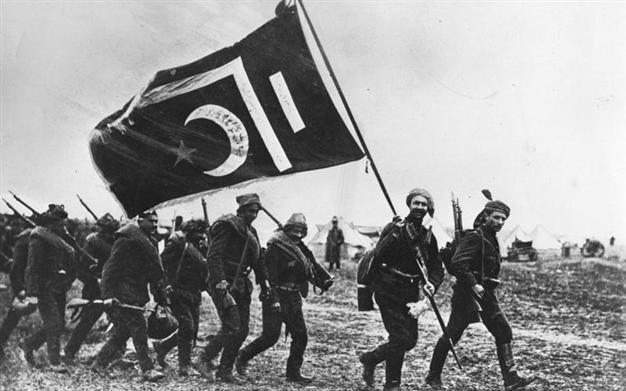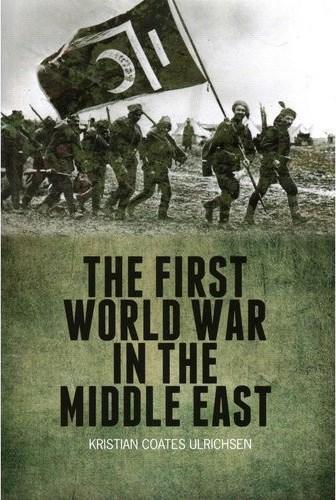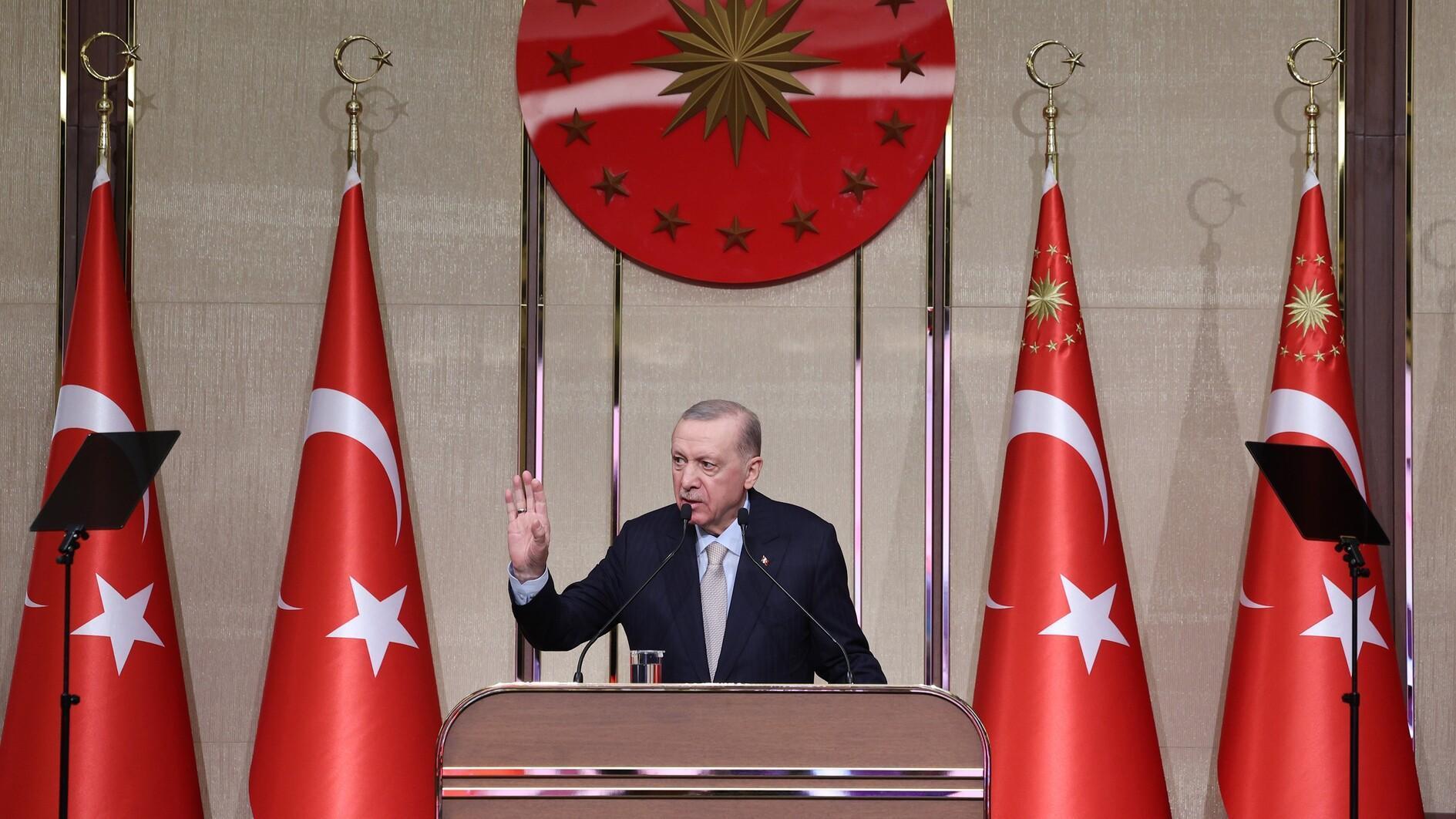The First World War in the Middle East
William ARMSTRONG - william.armstrong@hdn.com.tr
 ‘The First World War in the Middle East’ by Kristian Coates Ulrichsen (Hurst, $35, 320 pages)
‘The First World War in the Middle East’ by Kristian Coates Ulrichsen (Hurst, $35, 320 pages)A deluge of books on the First World War has accompanied the centenary of its outbreak this year. The focus has overwhelmingly been on the Western Front, but the 1914-18 campaigns in the Middle East also left monumental social, economic, and political imprints in the region. Loyalties were recast and grievances emerged that have come to occupy totemic positions in local narratives. The fighting in the Middle East is particularly germane today, not only because of the hundredth anniversary but also because the order it introduced is currently being uprooted by the turmoil of the Arab uprisings.
 As Kristian Coates Ulrichsen writes in this very impressive study, the fighting in the Middle East involved nearly every socio-economic group. Although the campaigns were neither as intense nor as concentrated as those on the Western Front, the cumulative impact for the peoples and regions was colossal. The logistical demands of industrialized warfare clashed with the largely pre-industrial terrain in which the fighting took place, exacerbating the effects of famine, disease and political collapse to bring conditions close to total warfare. In the longer term, meanwhile, the legacies of the wartime experience continue to reverberate in the Middle East long after the war entered the history books in Europe. Coates Ulrichsen ranges across all the major fronts - the Dardanelles, Egypt and Palestine, Mesopotamia, Persia and the Caucasus - where the lands of the Ottoman Empire became a crucible of British, French and Russian imperial ambition. Concise but comprehensive, the book deftly synthesizes accounts of the various military campaigns with broader analysis of its massive social, geopolitical and economic consequences.
As Kristian Coates Ulrichsen writes in this very impressive study, the fighting in the Middle East involved nearly every socio-economic group. Although the campaigns were neither as intense nor as concentrated as those on the Western Front, the cumulative impact for the peoples and regions was colossal. The logistical demands of industrialized warfare clashed with the largely pre-industrial terrain in which the fighting took place, exacerbating the effects of famine, disease and political collapse to bring conditions close to total warfare. In the longer term, meanwhile, the legacies of the wartime experience continue to reverberate in the Middle East long after the war entered the history books in Europe. Coates Ulrichsen ranges across all the major fronts - the Dardanelles, Egypt and Palestine, Mesopotamia, Persia and the Caucasus - where the lands of the Ottoman Empire became a crucible of British, French and Russian imperial ambition. Concise but comprehensive, the book deftly synthesizes accounts of the various military campaigns with broader analysis of its massive social, geopolitical and economic consequences.However peripheral it may now seem, the Ottoman-Russian front in the Caucasus and Eastern Anatolia was the site of individual and collective suffering on an immense scale, a brutal slugfest that bled dry the Ottoman and Russian military machines and hastened the downfall of both empires. The situation was particularly combustible as Muslims formed the largest minority in Russia and Christians the largest minority in the Ottoman Empire, with the Caucasus as the fault line encompassing large portions of these populations. This “mirror image” led to easy scapegoating on both sides of the imperial-religious divide, and set the grim context for massacres and enforced displacements on a biblical scale. The book gives all the chilling details of the catastrophic Sarıkamiş campaign, which led to 80,000 Ottoman and Russian deaths, 30,000 of which were a result of freezing 2,000 meters above sea in temperatures that dropped to minus 26 centigrade. The author also makes the point that Sarıkamiş was a key precursor of the Ottomans’ systematic massacre of up to one million Armenians in the region, (which he doesn’t hesitate to describe as genocide). Those massacres began in April 1915, barely four months after the final retreat of the devastated Ottoman forces to the eastern city of Erzurum, harried all the way by Armenian irregulars. Many historians of the Armenian issue have neglected this factor, generally focusing more on the (undoubtedly important) trauma of the humiliating Ottoman retreat from the Balkans rather than conditions on the ground in Eastern Anatolia.
Plans for the post-war settlement in the Arab regions, meanwhile, were being hatched long before the end of hostilities, most notoriously in the Sykes-Picot Agreement between France and Britain in 1916 - which is today the subject of so many obtuse opinion columns. The secret deal effectively divided the Arab provinces of the Ottoman Empire into British and French spheres of influence, but Coates Ulrichsen stresses that the situation was far too complicated to be determined by arbitrary lines in the sand: "The political and intercommunal settlement reflected patterns of wartime participation by local communities and groups, in other words, local agency was just as representative as structure (Ottoman-era hierarchies of power) in determining subsequent developments." The agreement was problematic even in a naked imperialistic sense, because the British made significant gains in the two years after its signing, including the capture of Jerusalem and Baghdad. Most British officials therefore came to see Sykes-Picot as a millstone preventing them from extending their advantages.
However, realities on the ground were already messy. The pressure of wartime exigencies had led the imperial powers to seek out and work through local partners, forcing them to make more, often contradictory, promises. At the same time, rising political consciousness among local groups was buoyed by U.S. President Wilson’s vision of national self-determination, creating an explosive situation as the conflicting paths of wartime pronouncements became clear. The most notorious of those pledges is the Balfour Declaration’s unkeepable promise to respect the political rights of both Jews and Arabs in Palestine, but contradictory vows were also made to various Arab notables about land elsewhere. Local partnerships that had been forged out of imperial and wartime necessity ended up taking on their own momentum, and the tangled diplomatic web quickly unraveled once the conflict had ended.
The book concludes with the Cairo Conference of 1921, which finally settled the geopolitical map of the modern Middle East. For decades, the arrangement proved to be remarkably resilient; regimes may have changed in nature and political boundaries shifted with the series of Arab-Israeli wars, but the regional state system that emerged from the post-war turmoil has remained in place. That is, of course, until 2011, when the optimistic first shoots of the so-called Arab Spring emerged. As Coates Ulrichsen writes, “it is apparent that the major issues of contention trace their roots to the decisions taken between 1914 and 1922,” and the process unleashed is likely to continue for many years. Considering the present day context, this book is a doubly important read on the centenary of the Great War.










